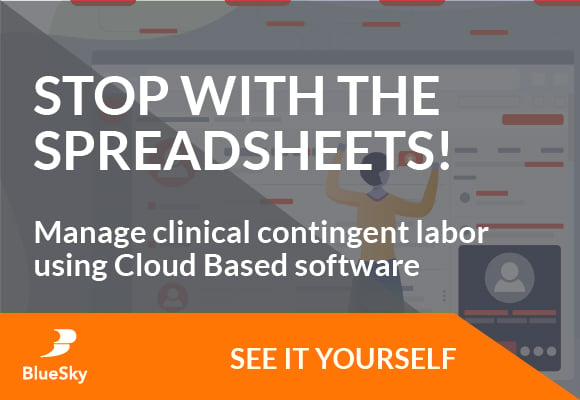 Within the next 2 decades, 8 million baby boomers will be turning 65 and are expected to live longer and rely a great deal on our healthcare system. Under the Patient Protection and Affordable Care Act, coverage is set to expand by 32 million Americans by 2019. Being conscious of this increased demand for care in our country’s current economic state can be tricky to say the least. We need to start changing our way of thinking and strategically manage this growing demand while increasing the range of healthcare services.
Within the next 2 decades, 8 million baby boomers will be turning 65 and are expected to live longer and rely a great deal on our healthcare system. Under the Patient Protection and Affordable Care Act, coverage is set to expand by 32 million Americans by 2019. Being conscious of this increased demand for care in our country’s current economic state can be tricky to say the least. We need to start changing our way of thinking and strategically manage this growing demand while increasing the range of healthcare services.
At a time when millions of Americans are unemployed or underemployed, we need to ensure that every healthcare job is a good job that can sustain a family. Hospitals and long-term-care facilities have consistently been adding jobs over the last year and a half, and yet nearly one in three home-care workers do not have health insurance and/or work for poverty wages. These working conditions not only result in skyrocketing turnover rates, but diminish the opportunity for an entry-level worker to grow into a new healthcare career. We cannot lose sight of the fact that our healthcare system is only as strong as our entire healthcare workforce.
Since the passing of the Affordable Care Act much of the nation’s conversation regarding the healthcare workforce has focused on addressing nursing shortages or the increased need for primary care physicians. While these are very real issues, they just scratch the surface. Employers and healthcare workers need to think creatively about the new roles caregivers can play in addressing the cost drivers of chronic illness and long term care. We need to think outside the box and work together to look for opportunities that maximize the skills of our current workforce, and invest in education and training for new workers.
The healthcare workforce, and the quality of patient care, starts with receiving the right training and education, and developing skills that are flexible and adaptable to new models of care. The good news is that we are on our way to understanding how to make this work. In New York, members of the Greater New York Hospital Association and 1199 SEIU United Healthcare Workers East work together to identify emerging workforce needs and advance the education and skills of more than 40,000 working men and women each year. Also in Washington, SEIU Local 775NW runs an innovative intermediate-level training program for home-care workers focused on adult learners. These are just a few examples of this “outside-the-box” way of thinking but are proving to be effective.
Americans, young or old, rich or poor, deserve the highest quality of care every day, at every level. If we are going to transform our healthcare system to deliver better care to patients while controlling healthcare costs, we need to consider the readiness of the entire patient-care team: from dietary aides and home-care workers, to lab techs, and doctors.




